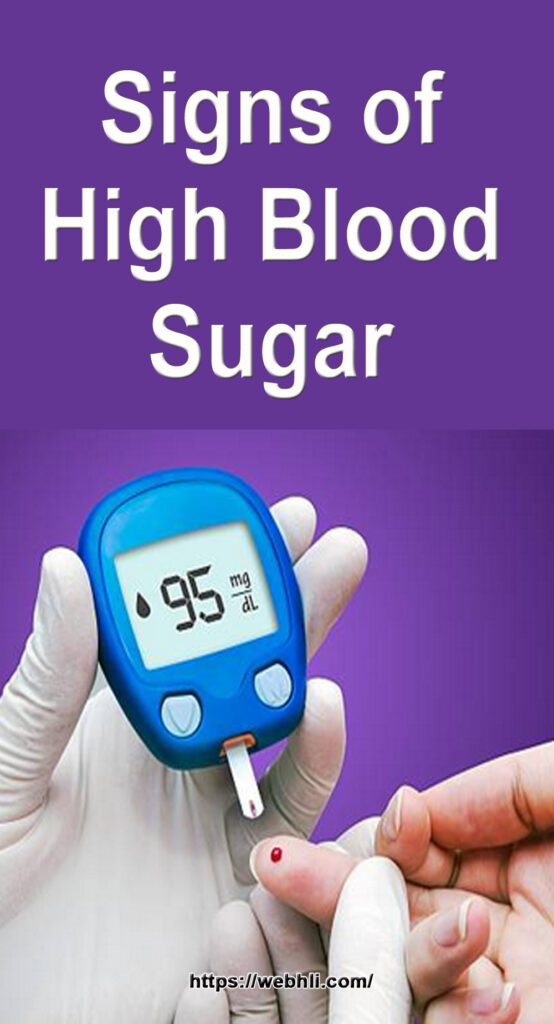
To the layman, diabetes mellitus indicates a persistent elevation of blood sugar that may lead to detrimental complications. To physicians however, diabetes mellitus refers to a group of disorders that share an underlying feature--- hyperglycemia. The hyperglycemia is a result of the impairment of the cells in the pancreas to secrete insulin, or a defect in insulin action, or both. This long term defect in insulin action and blood sugar elevation can cause various signs and symptoms causing multiple organ damage, such as in the eyes, kidneys, arteries, and nerves.
Check out these related articles, too:
What is a Normal Blood Sugar Level First Thing in the Morning
Get Back Into a Normal Blood Sugar Range
Insulin Lowering Foods for Diabetics
Is Honey Good For Diabetes Patients?
Can Magnesium Prevent Diabetes?
Zinc Shown to Promote Insulin Production In Diabetics
Prevent Side Effects From Diabetes Drugs
Why You Should Stop Taking Drugs for Your Diabetes
What Does It Mean To “Reverse Diabetes?”
Minerals That Lower Blood Glucose
Blood sugar is usually maintained between 70 to 120 mg/dL. Diagnosis of diabetes mellitus however, depends on three standard criteria. An individual may be "pre-diabetic," indicating a state that can sooner or later progress to overt diabetes. The disease itself however, is divided into four categories: Types 1, 2,3 and 4
Type 1 and Type 2 are more commonly encountered compared to the last two. Type 3 is thought to be caused by multiple specific conditions like pancreatitis and drug therapy. Type 4 or gestational diabetes refers to the abnormal blood sugar levels during pregnancy.
Type 1 diabetes accounts for about 5% to 10% of diabetes mellitus, affecting individuals less than 20 years of age. Type 2 diabetes, on the other hand, is seen in around 90% to 95% of diabetics. In contrast to type 1, type 2 diabetes affects both young and old, but it is more common in the latter. Obesity is also notable in patients with type 2 diabetes.
Type 1 and type 2 diabetes share the classical symptoms, which can be easily remembered as the 3 P's: polyuria (increased frequency and amount of urination), polydipsia (excessive thirst), and polyphagia (excessive intake of food).
When sugar is elevated in the blood, its excretion via the urine is also increased. As a result, water is also drawn with it, leading to polyuria. The depletion of the water in the body triggers the thirst centers in the brain producing the intense thirst. And since both type 1 and type 2 diabetes patients are unable to fully store and metabolize glucose, fat and protein stores are used up. This produces a negative energy balance, making the body feel constantly "hungry" and thus the polyphagia.
Both type 1 and type 2 diabetes are known to cause detrimental complications. Usually a patient does not know that he/she may be suffering from diabetes until there is an episode of loss of consciousness. Except in cases of hypoglycemia, loss of consciousness is a sign of high blood sugar but if the cause is not readily known the patient may progress to coma. In type 1 diabetes this can be brought about by ketoacidosis, while type 2 diabetes can cause both ketoacidosis and hyperosmolar nonketotic coma but the former is rare in such cases. In ketoacidosis, the body produces ketone bodies or acidic substances similar to acetone. Patients with type 2 diabetes who progress to hyperosmolar nonketotic coma are at risk for thrombosis and neurologic damage.
Julia L Hanf is a proud contributing author and writes articles about Defeating Diabetes Naturally [http://www.yourdiabetescure.com]. Julia is the author of the book How To Play The Diabetes Diet Game And Win With this proven system [http://www.yourdiabetescure.com] you to can lower your blood sugar level and retake control of your health and your life. Learn how to Defeat Diabetes Naturally.
Article Source: http://EzineArticles.com/7043775



 Protected by Patchstack
Protected by Patchstack